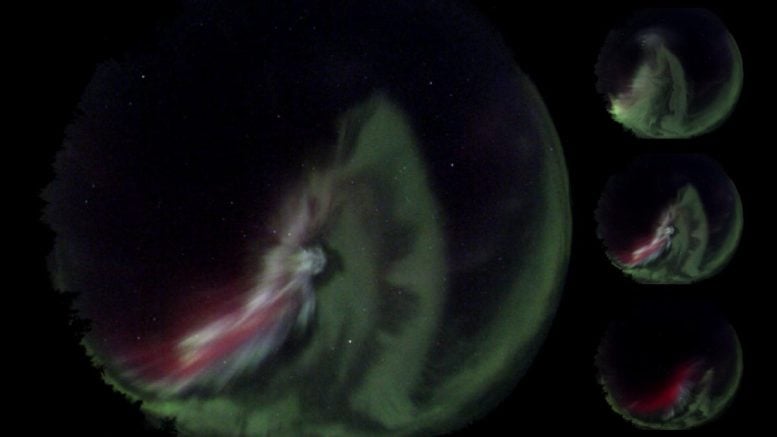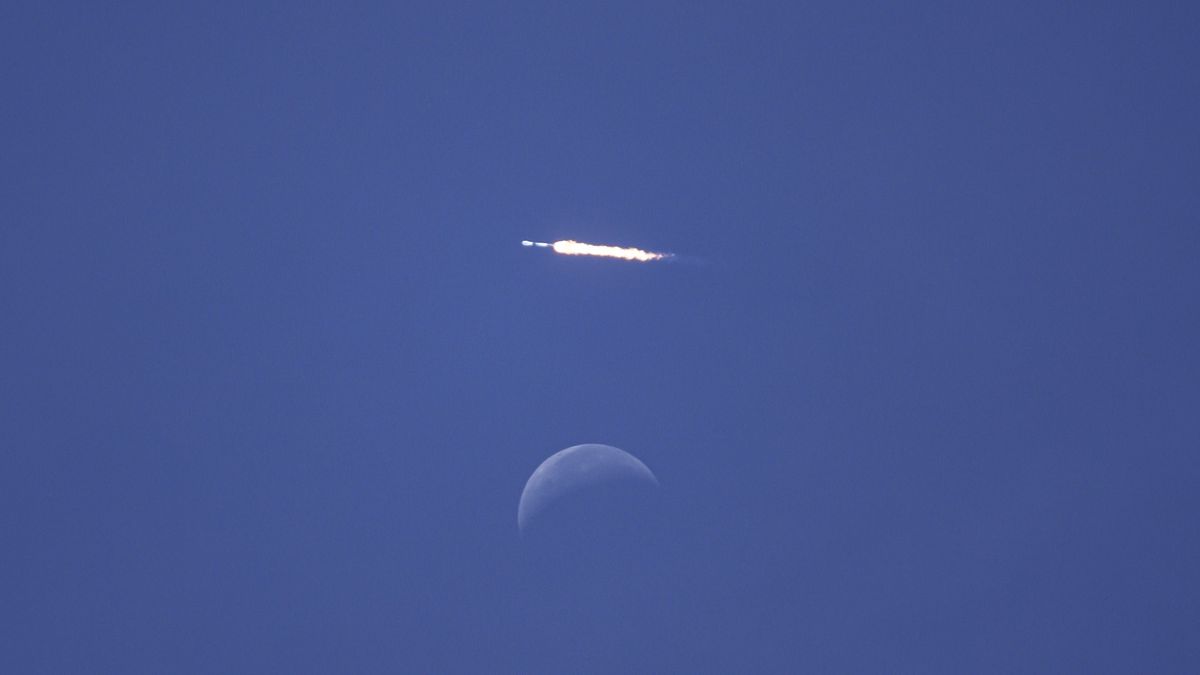
The age of dinosaurs began over 230 million years ago, ushering in an era of unparalleled diversity and dominance. While the non-avian dinosaurs disappeared after the catastrophic asteroid impact 66 million years ago, the lineage of theropod dinosaurs gave rise to modern birds. This evolutionary triumph prompts a compelling question: has the age of dinosaurs ever truly ended?
Birds as Living Dinosaurs
Modern birds are not merely distant relatives of dinosaurs—they are the living remnants of theropods, one of the three main clades of dinosaurs. Fossil evidence has illuminated this connection, notably through specimens like Archaeopteryx, discovered in Bavaria, Germany, in 1861. Often referred to as the first bird, Archaeopteryx bridged the gap between reptiles and avians, combining features such as teeth, claws, and a long tail with feathered wings.
Dr. Jingmai O’Connor, a leading paleontologist at the Field Museum in Chicago, underscores this idea. As she explains, “the evolution of birds is something that occurred both in dinosaurs, and also during the unique evolution of birds in the Cretaceous, which occurred for 90 million years.”
Key Locations for Fossil Discoveries
Many of the most pivotal dinosaur and bird fossils have been uncovered in specific regions, showcasing their evolutionary journey:
- Liaoning Province, China: This region yielded Sinosauropteryx, the first confirmed non-avian feathered dinosaur, discovered in 1996. Its simple proto-feathers provided a direct link between theropods and modern birds.
- Jehol Biota, China: A treasure trove of feathered dinosaurs, including Caudipteryx, found in the 1990s. These fossils exhibited modern feathers and bird-like traits.
- Solnhofen Limestone, Germany: The site of the Archaeopteryx fossil, a critical link between dinosaurs and birds.
Feathered Dinosaurs and Avian Traits
The discovery of Sinosauropteryx in the 1990s revolutionized paleontology. Its proto-feathers, which resembled simple filaments or hairs, confirmed that feathers were not exclusive to birds. Subsequent findings, like Caudipteryx, revealed modern feather structures, highlighting a gradual evolution of feathers from insulation to flight.
Bird-like traits evolved within theropods over millions of years. These included:
- Feathered limbs and wings: Used initially for display or balance before evolving for flight.
- Colored eggs: Shared by theropods closely related to birds, suggesting a behavior inherited by modern birds.
- Beak-like adaptations: Appearing in species closer to avians, replacing teeth for specialized feeding.
Drawing the Line Between Dinosaurs and Birds
Determining where bird-like theropods become true birds is a contentious issue in paleontology. Traits like feathers, egg incubation, and even the ability to glide were present in some non-avian dinosaurs. For instance:
| Dinosaur/Species | Bird-like Traits | Non-bird Traits |
|---|---|---|
| Caudipteryx | Feathers, egg incubation | Long tail, teeth |
| Archaeopteryx | Powered flight, feathered wings | Retained claws, teeth |
| Sinosauropteryx | Proto-feathers | No flight adaptations |
Dr. O’Connor aptly describes the complexity of this transition: “When you look at the fossil record…you can’t really say what makes a bird ‘a bird’ when you’re looking at non-avian dinosaurs and also early birds.”
Do We Still Live In the Age of Dinosaurs?
Modern birds are the most diverse group of amniotes, boasting over 11,000 species, compared to about 4,000 mammal species. They dominate ecosystems worldwide, from urban pigeons to Arctic terns, demonstrating the resilience and adaptability of their dinosaurian heritage.
As Dr. O’Connor notes, “If you consider diversity to be a major marker of success, then technically dinosaurs are still the most successful, diverse group of amniotes on our planet.”
The Enduring Legacy of Dinosaurs
From the soaring albatross to the humble chicken, birds embody the survival and evolution of a group that once ruled the Earth. With ongoing fossil discoveries, we continue to unravel the fascinating story of how these living dinosaurs transitioned from the Mesozoic to the modern world, proving that the age of dinosaurs never truly ended—it simply took flight.
This article was first published in Issue 24
Got a reaction? Share your thoughts in the comments
Enjoyed this article? Subscribe to our free newsletter for engaging stories, exclusive content, and the latest news.









Leave a Comment